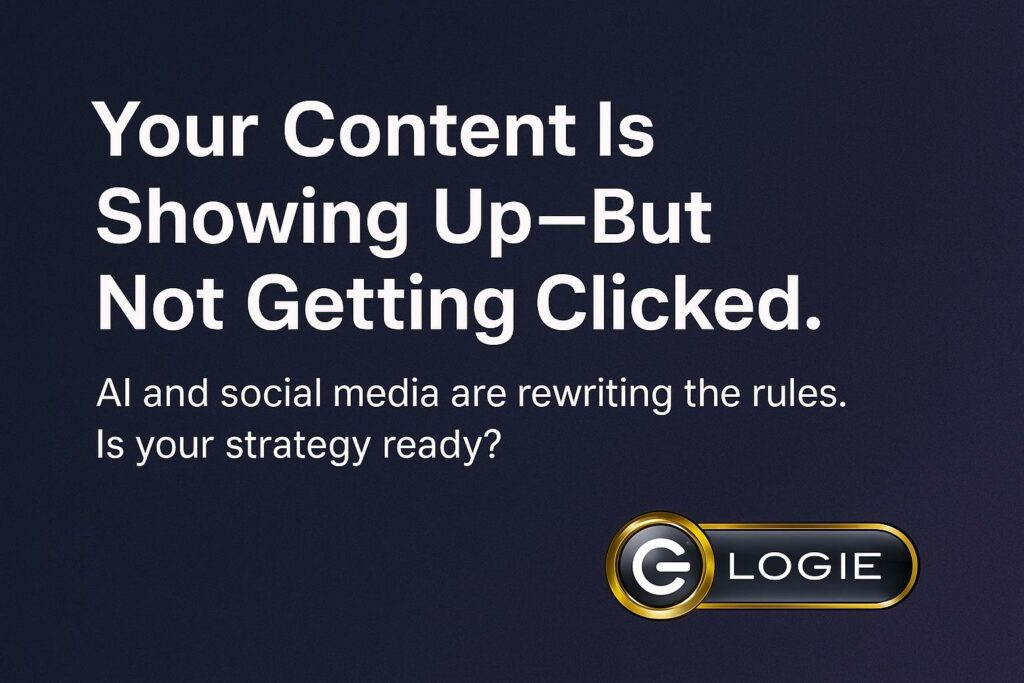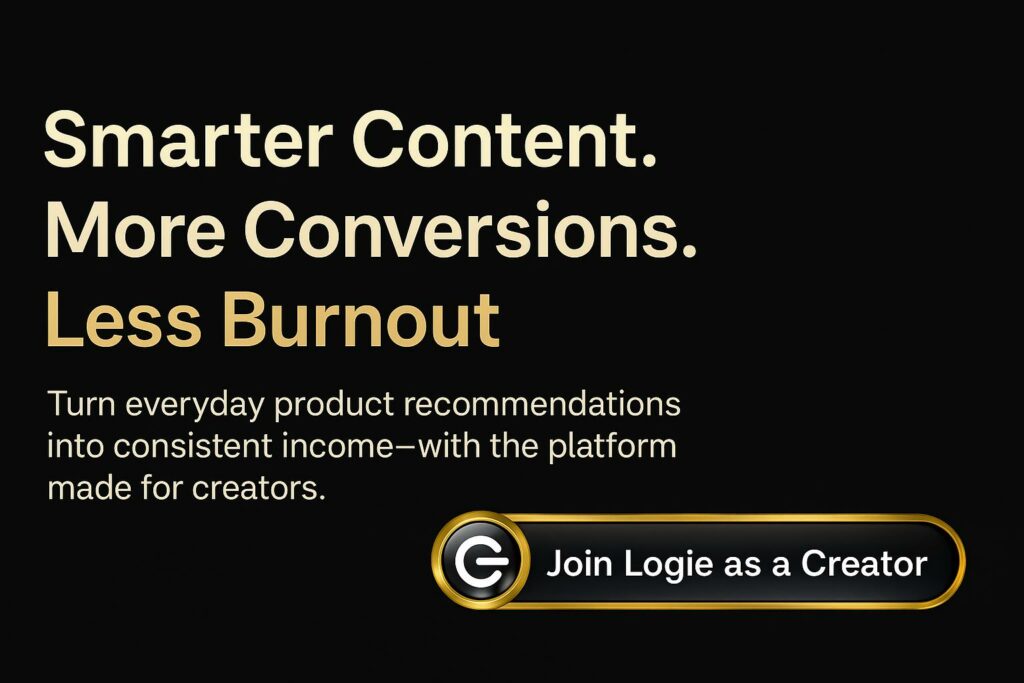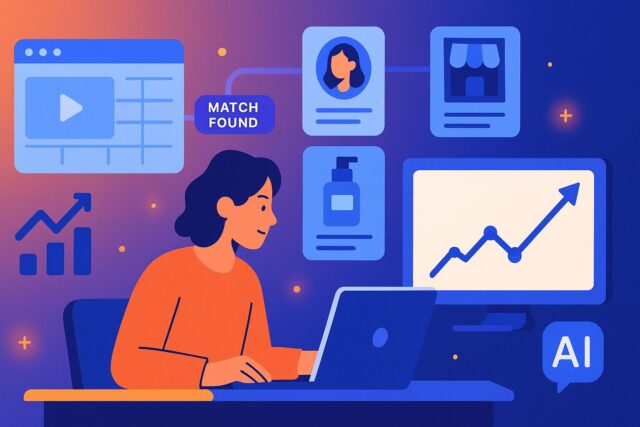The way audiences consume content is fundamentally shifting, and traditional websites are feeling the impact. A recent report by Enders Analysis reveals a troubling trend: publishers, content creators, and brands are experiencing a steady decline in direct website traffic.
What’s causing it? Consumers are increasingly turning to AI-generated summaries and social media platforms for information, bypassing websites altogether.
If you’re a creator, building your platform and hoping to grow through blog traffic, or a brand manager, relying on content to drive affiliate or campaign ROI, this shift is a call to action.
By the way, if you want to stay connected and know everything about social commerce and never miss a beat, join Logie today! Click here
As platforms like Google, TikTok, and Instagram evolve into AI-powered “answer engines,” creators and brands must rethink how content is published, distributed, and discovered.
📉 The Shift in User Behaviour: AI Summaries & Social Media Are Cutting You Out
Tools like Google’s new AI Overviews now display instant summaries of web content, meaning users get the answer they’re looking for without ever visiting your site.
According to Bain & Company, 30% of users rely on AI summaries over 80% of the time.
At the same time, social media continues to dominate content discovery:
- Gen Z uses TikTok and YouTube like search engines
- Instagram Reels are preferred over written posts
- Google Search usage is declining among younger audiences
This behaviour impacts major publishers and anyone relying on blog SEO to drive traffic, including creator platforms like ours at Logie. It means content must now live where your audience scrolls, not just where Google indexes it.

Adapt or Decline: 3 Strategy Shifts for Creators and Brands
Relying solely on blog traffic? That era is over. Here’s how to stay relevant and monetizable in 2025 and beyond:
1. Distribute Beyond Your Blog
Publishing is step one. What you do next is where growth happens. Turn each blog into:
- A 30-second TikTok or Instagram Reel
- A Pinterest pin or Instagram quote graphic
- A carousel or teaser post on LinkedIn
- A bite-sized summary in your email newsletter
2. Optimise for AI Summaries
You can’t control AI tools, but you can make sure they feature you.
Format your blogs with:
- Clear headlines and bullet points (H2/H3)
- High-value summary statements near the top
- Calls to action (CTAS) early, not just at the end
Whatever our CTA is, it should be part of the content, not buried below it.
3. Create Content Built for Engagement, Not Just Indexing
Search engines are no longer the only gatekeepers. To reach audiences and earn conversions, your content must feel engaging, visual, and personalized.
Try adding:
- Polls or mini-quizzes inside blog posts
- Short embedded videos to explain key points
- Clickable graphics and testimonials from real users
For creators, content that performs well on TikTok or Pinterest is often born from a blog but never exclusively lives there.
This Is an Opportunity to Build Smarter. At Logie, we’re helping creators and brands turn this shift into an advantage.
By combining creator-first automation, multi-channel analytics, and real-time performance insights, we make it easier to:
- Launch high-converting product content.
- Track what actually drives clicks and sales.
If you’re a creator trying to grow with limited time or a brand manager trying to stretch limited bandwidth, the future of content lies in systems, not stress.

Keep Creating Just Smarter
Traffic may be dropping, but engagement is rising if you meet your audience where they are. That means thinking beyond the blog and embracing AI, social, and short-form video as part of your core content plan.
This shift doesn’t mean giving up on SEO; it means evolving with it. With the right strategy, your content won’t just survive, it’ll grow faster, wider, and more impactfully than ever before.
Yes, AI and social media are disrupting the traditional web, but they also give creators and brands new ways to win. Instead of fearing the decline of direct website traffic, embrace new platforms and formats that meet your audience where they already are.











